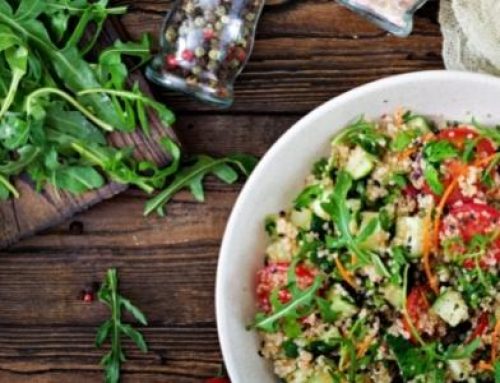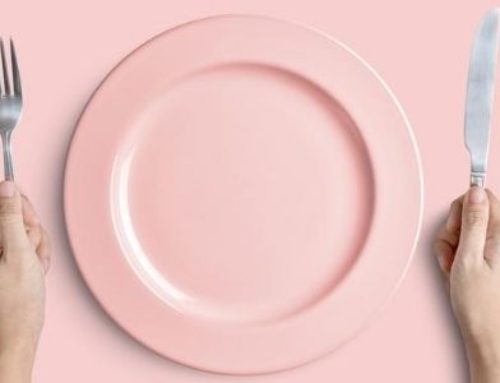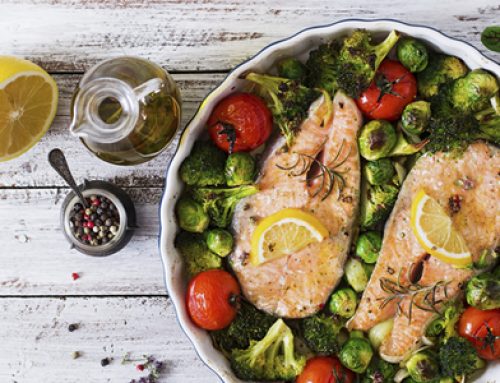If you’re a woman of childbearing age you may be at risk of an iron deficiency.
In fact, iron deficiency is the most common nutrient deficiency across the globe. It’s estimated that 30% of the worlds population is anemic primarily due to iron deficiency (World Health Organisation).
Iron deficiency is not only caused by an inadequate intake of iron in your diet. Excessive blood loss (especially menstruation), times of increased need (pregnancy), excessive vigorous exercise (athletes) or a disorder (poor gut health) in which iron absorption is inhibited are also causes of iron deficiency. Left untreated, iron deficiency may lead to anemia.
A common side effect of our busy lifestyles (working, running households, raising children, running businesses, keeping active, running errands, etc.) is fatigue. If you’re feeling noticeably fatigued or run down you may need to have your iron levels checked. Here at The Healthy Eating Hub we can refer you straight for a blood test . Then, based on your result we give you practical strategies to improve your levels.
Don’t self diagnose iron deficiency.
Taking supplements or making dietary changes if you’re feeling excessively tired or fatigued will do no good if the problem isn’t low iron stores. It’s always best to see a nutritionist/dietitian before taking any vitamin or mineral supplement. If you’re going to pay money to bridge a ‘nutritional gap’ in your diet you may as well be sure that you need to.
In the mean time, it certainly doesn’t hurt to take stock of your diet and make sure that you’re getting enough iron to meet your body’s needs.
As women, our body’s requirements for iron are much harder to meet than a mans. That’s primarily due to menstruation. Monthly blood loss through our period means that our iron needs are more than double what a mans is, yet our energy needs are much less. Because of this we need to be strategic in our meal planning to ensure that we’re maximising our body’s ability to both receive and absorb iron.
Iron is not a very bio-available mineral. This means that it’s not easily absorbed by the body. In fact, at it’s best bio-availability we only ever absorb up to 25% of the iron that actually goes in our mouths.
The Recommended Dietary Intake (RDI) for iron for women of childbearing age (or who are menstruating) is 18mg per day. If you’re pregnant this recommendation increases to 27mg per day (NHMRC). The RDI takes into account that only a small amount of the iron we eat is actually absorbed by the body so don’t try to take in more than this unless instructed to do so by your doctor.
Iron from our diets comes in several forms. Heme iron and non-heme iron.
Heme iron comes from animal food sources such as beef, pork, lamb, seafood, kangaroo, other game and poultry. The iron in these foods is present as hemoglobin and myoglobin, hence the name ‘heme iron’.
Non-heme iron is the form of iron that comes from all other food sources – plant based sources. Foods such as spinach, dark green leafy vegetables, kidney beans, other legumes and sesame seeds are non-heme sources of iron. Other non-heme sources are foods that have been enriched or fortified with iron such as breakfast cereals and drink bases (Milo, Ovaltine etc). The iron from non-heme sources is less bio-available. This means that due to a variety of different factors, the iron in these foods is not easily absorbed by the body.
So how do you ensure that you are eating and absorbing enough iron?
- Maximise your intake of heme iron sources
Iron from heme iron sources is much more bio-available and is the most easily absorbed by your body.
Aim to include red meat 2-3 times a week, chicken or turkey 2-3 times per week and some kind of seafood 2-3 per week and you’ll be doing pretty good. If you’re a vegetarian or vegan you may need to seek advice from a nutritionist or dietitian and have a personalised eating plan drawn up to help you meet your body’s iron needs from non-heme iron
- Include vitamin C rich foods with both your heme and non-heme iron sources
When eaten at the same time, vitamin C enhances the absorption of iron from your meal. Foods that are high in vitamin C include most fruits and vegetables, especially broccoli, Brussels sprouts, red capsicum, oranges, strawberries, kiwi fruit, tomatoes, lemons and limes.
An example meal following this principle would be BBQ’d lamb chops on a lentil puree & topped with a tomato salsa. Serve with wilted baby spinach and steamed broccoli drizzled with olive oil and lemon juice.
- Be mindful of foods that decrease iron absorption
Foods that contain phytates and phenols decrease the absorption of non-heme iron. These are foods generally high in fibre like wholegrains and cereals. It’s important to eat fibre so please don’t cut it from your diet, just eat it at other times throughout the day, or make sure that you are eating plenty of foods containing heme iron and you’ll be fine.
Tea and coffee also contain substances that decrease iron absorption, so drink them in between meal times or swap them for fruit juice or water.
An interesting study that compared a meat-based diet and a vegetable-based diet, found that women with low iron to begin with had stable iron status on the meat-based diet and poor iron status when consuming the vegetable-based diet, even though their iron intake was the same. This research shows how important it is that the right kind of iron is eaten to maximise its absorption by the body.
Supplements?
There are times when an iron supplement may be a necessary step to treat your deficiency. Always chat to your GP and have your iron status measured before taking a supplement and chatting to your local pharmacist about the right product for you.
If you suspect an iron deficiency it’s vital you have them checked so steps can be taken to get your iron status healthy again. Book in for a consultation, get practical, individual advice, a referral for a blood test and let’s get you feeling energetic again!
If you’d like further help with your nutrition please click below:






